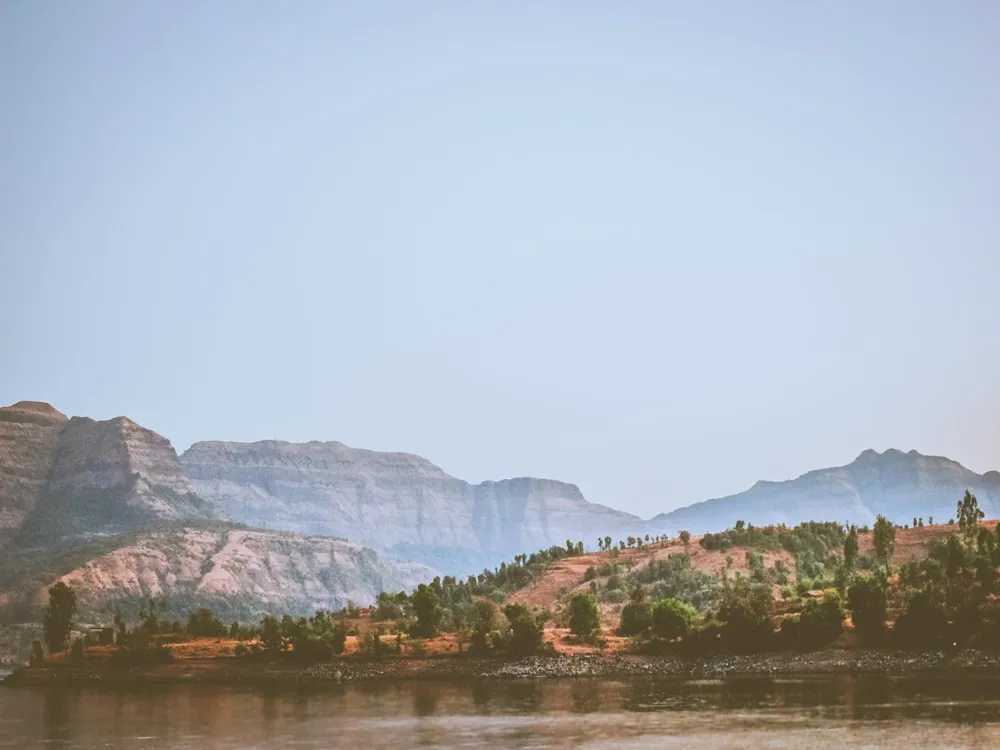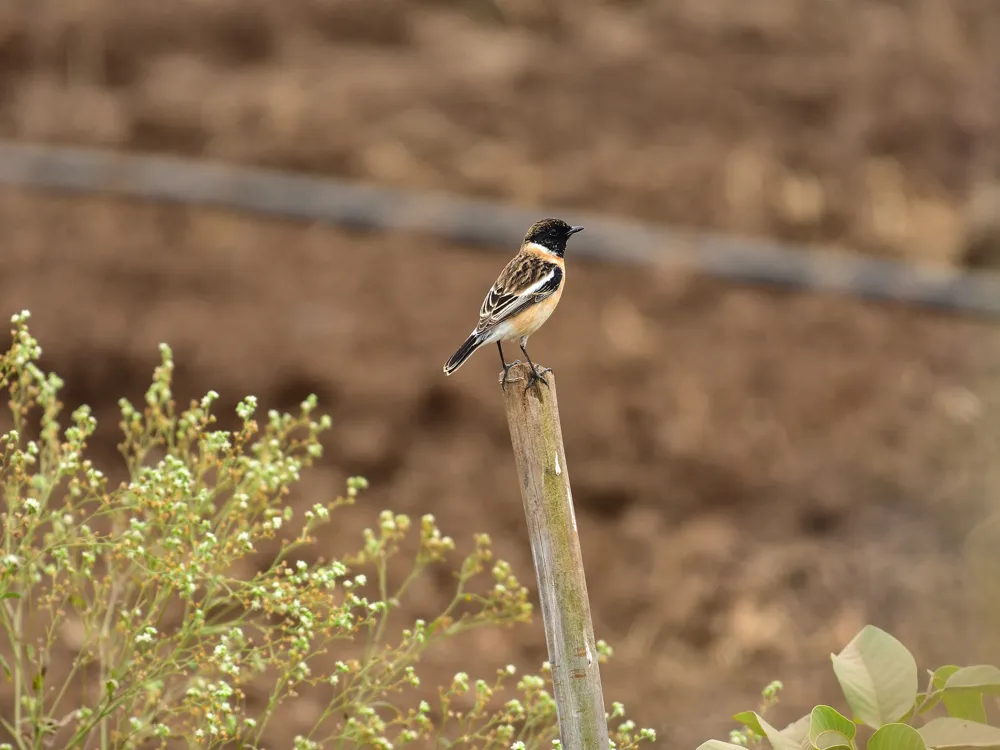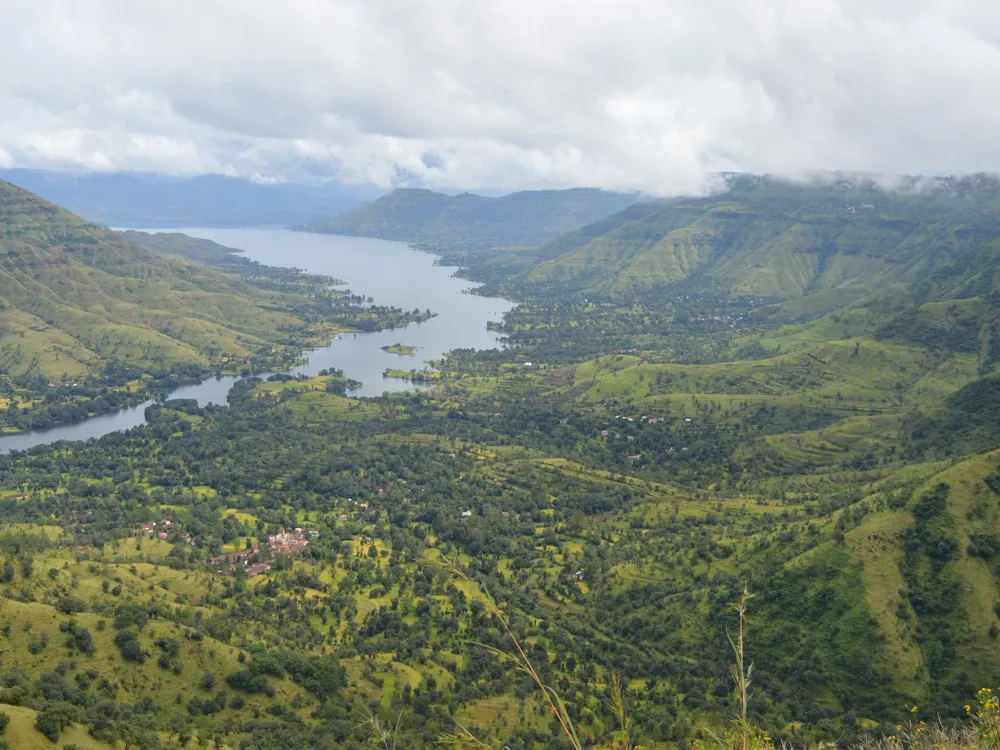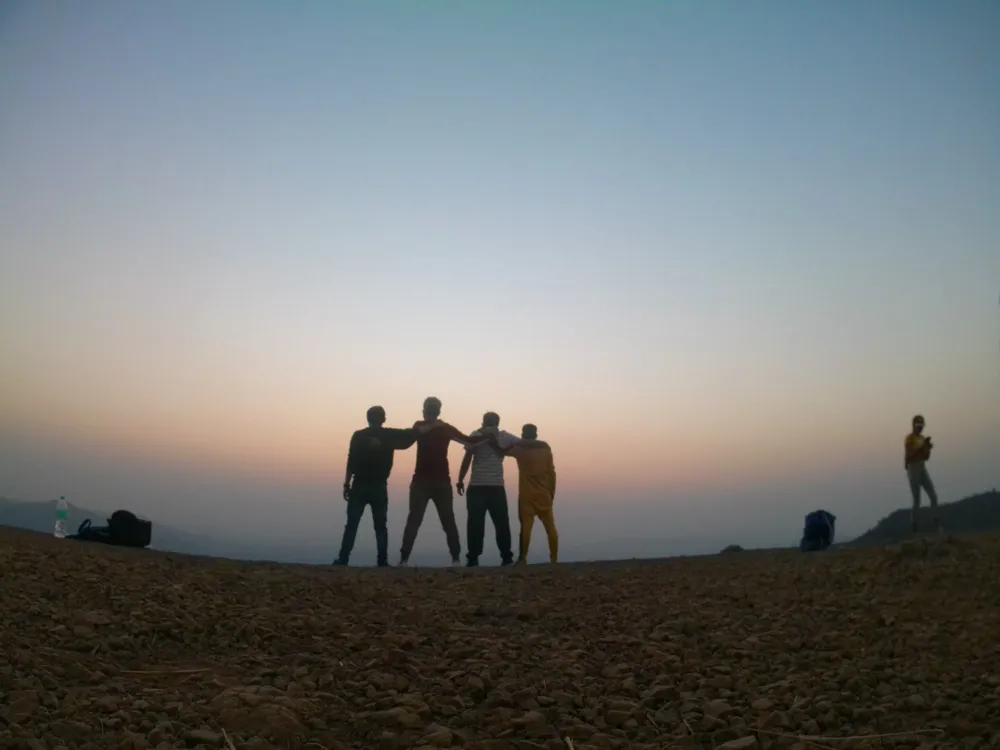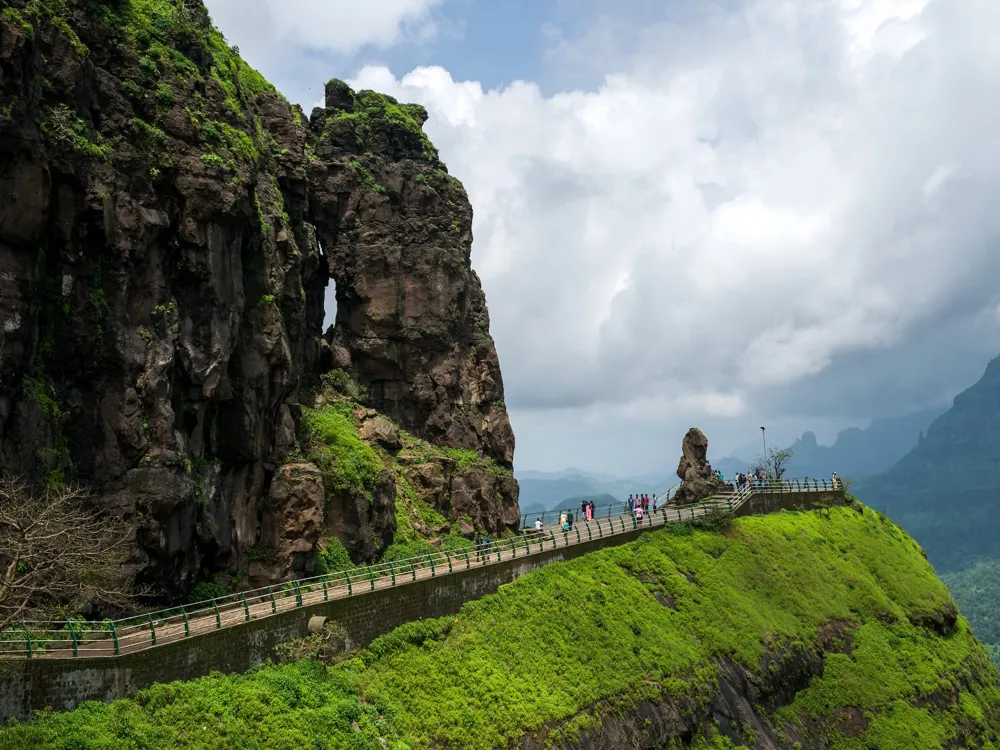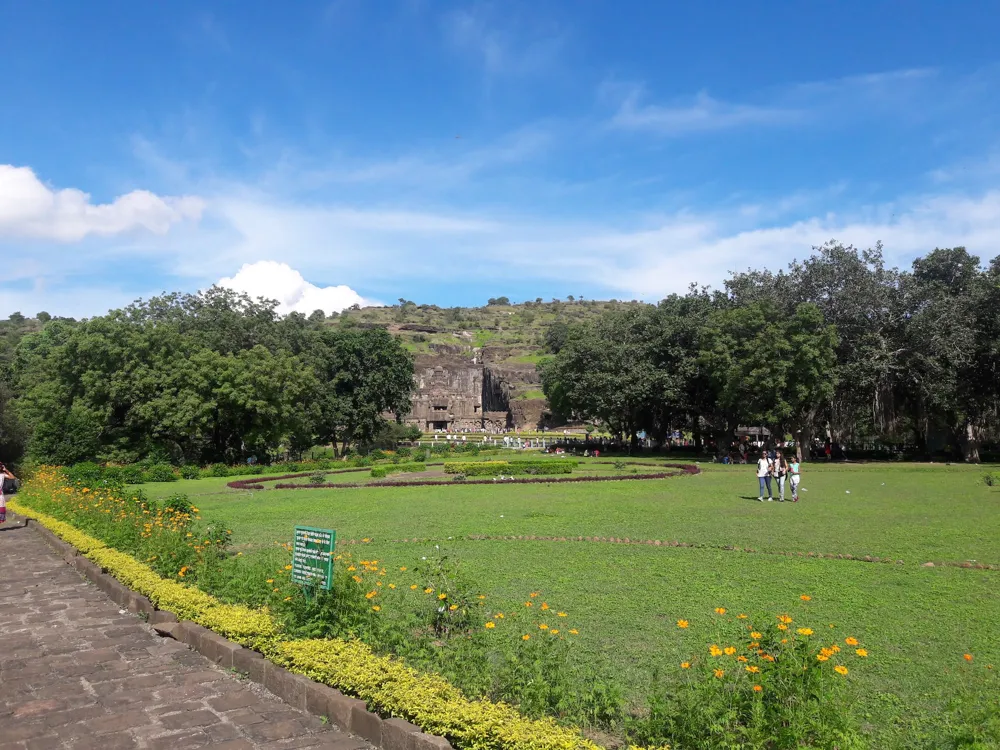Ahivantgad, a hidden gem nestled in the Sahyadri range of Maharashtra, is a testament to the rich history and natural splendor of Nasik. This ancient fort, believed to date back to the 15th century, stands as a symbol of the region's historical significance. Located near the border of Maharashtra and Goa, it offers a unique blend of cultural influences. The fort's strategic position once played a crucial role in regional defense, and today, it stands as a beacon for trekkers and history enthusiasts. The name 'Ahivantgad' itself is derived from the Marathi words 'Ahivant' meaning 'invisible' and 'gad' meaning 'fort', alluding to its elusive presence amidst the dense forests and rugged terrain. The fort, though in ruins, still echoes the tales of bravery and resilience of the Maratha warriors. Its location offers breathtaking views of the surrounding valleys, making it a picturesque spot for nature lovers and photographers. Exploring Ahivantgad takes one through a journey across time, with its ancient structures and remnants of old settlements. The fort's architecture, primarily in the Maratha style, reflects the ingenuity of its builders. Its water cisterns, bastions, and the remnants of old structures are a window into the life of the fort during its heyday. The local flora and fauna add to its mystique, with lush greenery enveloping the fort during the monsoon season. For those interested in history, architecture, or simply the thrill of trekking, Ahivantgad offers an unparalleled experience. Its relatively untouched and uncommercialized state provides an authentic glimpse into Maharashtra's historical and natural beauty. The architecture of Ahivantgad is a remarkable example of the Maratha military ingenuity. Nestled in the Sahyadri mountain range, it showcases the strategic use of the natural terrain in fortification. The fort is built on a plateau, which provided a natural defense mechanism against invaders. The main structure of Ahivantgad is made up of locally sourced stone, reflecting the Maratha architectural style prevalent during the period. The fort's layout is a testament to the strategic thinking of its builders. It consists of several layers of defense, including a main gate, inner gates, and watchtowers, strategically placed to provide maximum security. The bastions, designed for long-range combat, are still intact, offering a glimpse into the warfare tactics of the time. One of the most fascinating aspects of Ahivantgad's architecture is its water management system. Despite being located at such a height, the fort contains several water cisterns, which were used to store rainwater. These cisterns ensured a year-round water supply, crucial for the survival of the fort's inhabitants during long sieges. The living quarters and public areas within the fort were designed with simplicity and functionality in mind. The remnants of these structures give insight into the daily life of the soldiers and officials who resided here. Intricate carvings and motifs can still be seen on some of the walls and gates, reflecting the artistic sensibilities of the era. Ahivantgad's architecture not only served military purposes but also had elements of religious and cultural significance. The presence of temples and shrines within the fort's premises indicates the importance of religion in the daily lives of its inhabitants. In summary, the architecture of Ahivantgad is a blend of military brilliance, cultural richness, and religious significance, offering a comprehensive understanding of the Maratha architectural prowess. The ideal time to visit Ahivantgad is between October and March when the weather is pleasant and conducive for trekking. During the monsoon season, the fort and the trails become slippery and may pose a challenge for trekkers. Carry enough water, as there are no facilities available at the top. Snacks, a first-aid kit, and a map or guidebook are also essential. Wear sturdy trekking shoes and comfortable clothing suitable for the weather. It's crucial to stay on marked trails as the terrain can be treacherous. Inform someone about your trekking plans and expected return time. If possible, trek in groups for added safety. Be mindful of the natural surroundings. Avoid littering and disturbing the wildlife. It's our collective
Overview of Ahivantgad in Nasik, Maharashtra
Architecture of Ahivantgad
Tips When Visiting Ahivantgad
Best Time to Visit
What to Bring
Safety Measures
Respecting the Environment
Ahivantgad
Nasik
Maharashtra Goa
NaN onwards
View nasik Packages
Weather :
Tags : Historical Site
Timings : All year
Time Required : 1 day
Planning a Trip? Ask Your Question
Nasik Travel Packages
View All Packages For Nasik
Top Hotel Collections for Nasik

Private Pool

Luxury Hotels

5-Star Hotels

Pet Friendly
Top Hotels Near Nasik
Other Top Ranking Places In Nasik
View All Places To Visit In nasik
View nasik Packages
Weather :
Tags : Historical Site
Timings : All year
Time Required : 1 day
Planning a Trip? Ask Your Question
Nasik Travel Packages
View All Packages For Nasik
Top Hotel Collections for Nasik

Private Pool

Luxury Hotels

5-Star Hotels

Pet Friendly











